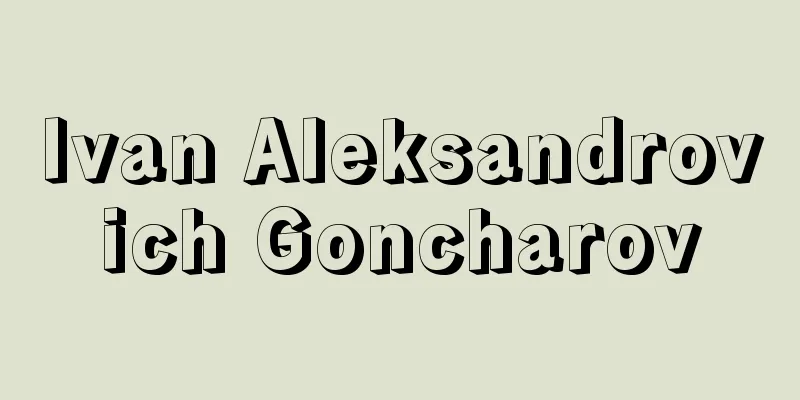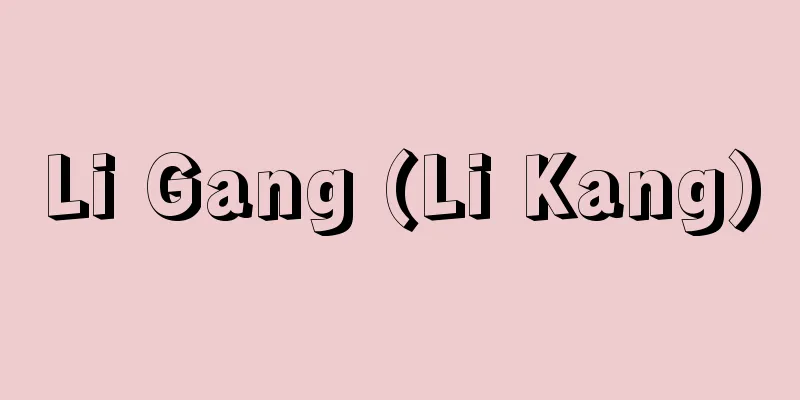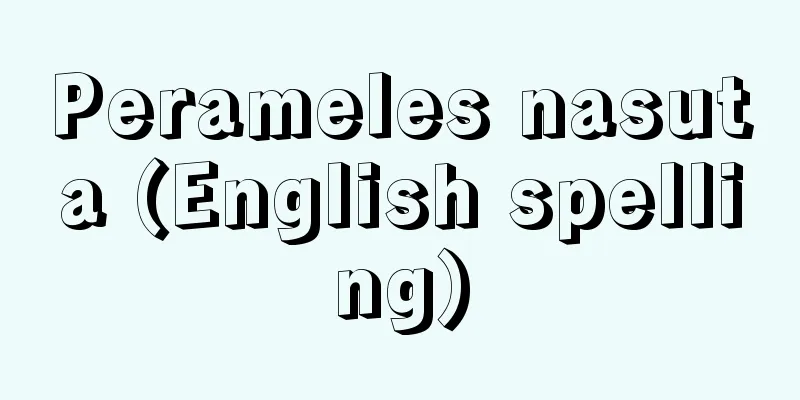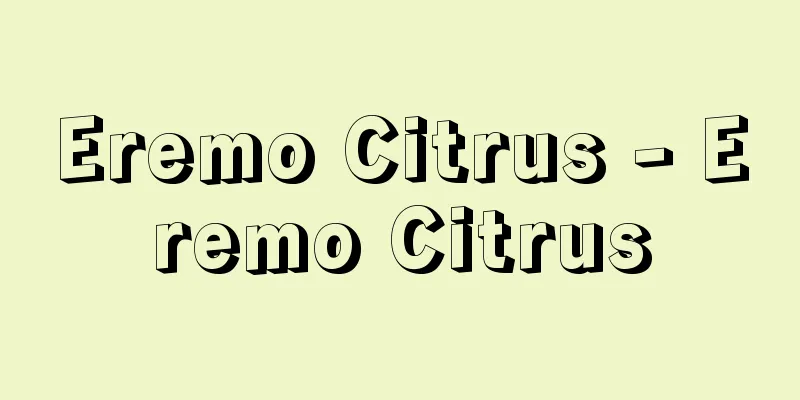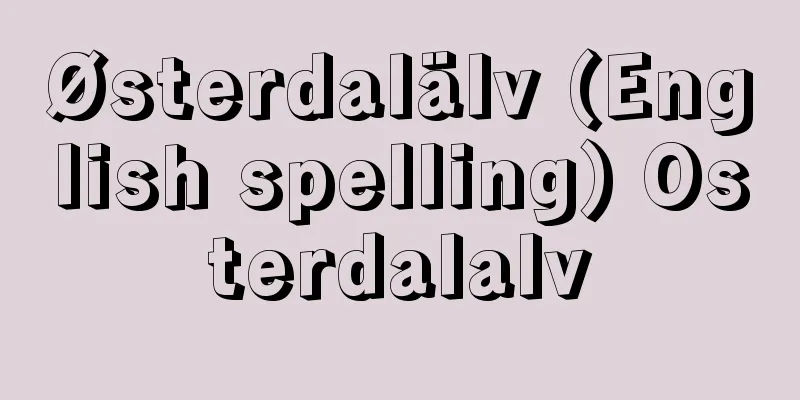Song Theory - Calon
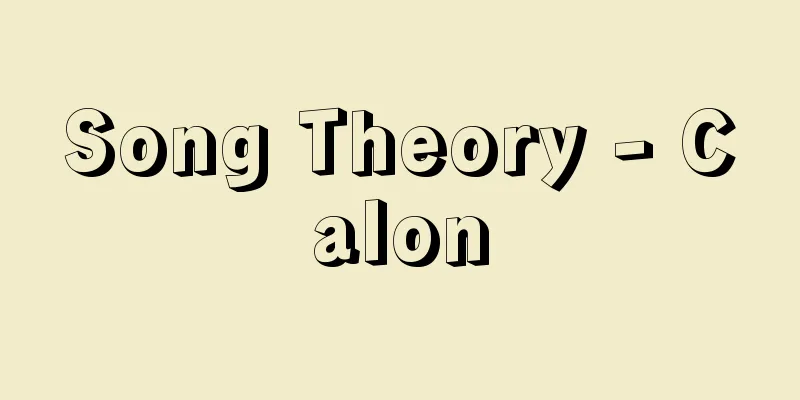
|
Theoretical understanding of waka poetry. "Kagaku" is often used as a synonym, but in its true sense it refers broadly to various research results and knowledge about waka poetry. Most kagaku theory is taught as a teaching based on the practice of composing waka poetry, and theoretical pursuits appeared after the Edo period. The forms of kagaku theory, roughly in chronological order of their appearance, include prefaces and postscripts to books of poetry, dictionaries or classifications, selections of great poems, collections of tales or essays, letters, and records. A systematic explanation of the general theory of waka poetry is "Yakumo Misho," while theorized works include "Kokuka Hachiron" and "Makoto no Ben." A representative collection of knowledge on kagaku is "Fukurozoshi," and annotations of poetry collections such as "Kenchu Mikkan" also contain some content related to kagaku. Furthermore, the judgments on poetry contests, in which two poems with the same title are paired together and compared and commented upon, reveal a wealth of insight into the theory of poetry. Along with waka poetry, the only genre consistent throughout the history of Japanese literature, uta theory has been the main axis of the history of Japanese literary theory, and continued to have a major influence on art theory in other genres until the Edo period. However, in modern times, while being strongly influenced by Western literary theory, it has shed its original form through a re-evaluation of waka traditions such as the Manyoshu, and has reconstructed modern uta theory. [Haruo Fujihira] Theory of ancient poetry(Until the late 12th century) The Manyoshu was influenced by Chinese poetic theory in its editorial consciousness as a collection of poems, its titles, its footnotes, and other aspects, such as its recognition of expressive beauty and awareness of the lyricism of tanka. Fujiwara Hamanari's Kakyohyoshiki (Completed in 772), written at the end of the Nara period, is the oldest book on poetic theory, and is notable for its emphasis on rhythm imitating Chinese poetry, but it was the kana and mana prefaces in the Kokin Wakashu, written at the beginning of the mid-Heian period, that became the standard for the nature of waka poetry for the next nearly 1,000 years. About 100 years after the appearance of the preface to the Kokinshu, during the heyday of the regent government, Fujiwara no Kinto described the characteristics of waka poetry in Shinsen Zui no (New Collection of Poems), Waka Kuhon (Nine Ranks of Poems), and other works, but his work pointed out tone, style, and sentiment, and also summarized the theory of utaawase poetry. In the Insei period (12th century), Minamoto no Toshiyori deepened Kinto's theory of waka poetry from various angles in Toshiyori Zui no (Toshiyori Zui no) and other works, but this was nothing less than an exploration of fictionality. Under Toshiyori's influence, Fujiwara no Shunzei appeared and paved the way for medieval waka theory, but his contemporaries, Fujiwara no Kiyosuke and Fujiwara no Kensho of the Rokujo Fujiwara family, made great achievements in waka studies, but lacked depth in their waka theory. [Haruo Fujihira] Medieval Poetry(From the end of the 12th century to the beginning of the 17th century) Shunzei, in his final years, advocated a new way of waka poetry in works such as "Koraifuteisho," which sought the characteristic of waka poetry expression not in the confirmation of everyday life, but in the breadth and depth of sentiment floating in the flow of rhythm, while his son Teika placed more importance on the image expression of waka language than on rhythm, and advocated the restoration of lyricism through fictional methods in works such as "Kindai Shuka" and "Monthly Sho." The father-son pair's attitude of entering the world of imperial beauty tradition and singing had a profound influence throughout the Middle Ages, leading to the ideas of Kyogoku Tamekane's "Tamekane Kyo Waka Sho," Shotetsu's "Shotetsu Monogatari," Shinkei's "Sasamegoto," a theory of linked verse, and Zeami and Zenchiku's theories on Noh. The theories and studies of poetry of the Nijo, Reizei, and Asukai families, who followed Teika's son Tameie, were carried on into the Edo period, but there was a strong tendency to preach fixed techniques, and the study of poetry became a standardized, authoritarian style known as the Kokin Denju. [Haruo Fujihira] Theory of Early Modern Poetry(From the early 17th century to the late 19th century) With the start of the Edo period, as wars ceased and economic development began, realist tendencies began to appear in various aspects of culture. In contrast to the traditional classical beauty of "miyabi" (elegance) that had been fixed throughout the Middle Ages, there was a gradually growing tendency to seek a sense of reality, "satobi" (vulgarity), and this conflict became a consistent issue in early modern poetry theory. The rejection of the constraints of normative medieval poetry studies was emphasized by Toda Mosui and others, but the issue of the theory of elegance and vulgarity as mentioned above was explored in depth in the middle and late early modern period, mainly by Kamo Mabuchi ("Utaiko" etc.) and Kagawa Kageki ("Kokin Wakashu Seigi Soron" etc.). Although they each took different positions, Kada Arimaro, Tayasu Munetake, Ozawa Roan, Fujitani Mitsue, Okuma Kotomichi and others also left behind clear theoretical arguments. In the middle period, the theory of Japanese classical poetry led by Mabuchi and Motoori Norinaga showed a tendency towards restorationism, but also advocated waka as an expression of pure human emotion, and in the final period, Kageki and others stood out, emphasizing waka as the lyricism of modern people. [Haruo Fujihira] Modern Poetry(From the end of the 19th century onwards) From the 1870s to the 1980s, first the rejection of waka as traditional literature emerged, and the modernization of waka became an issue. This led, via Ochiai Naobumi, to Yosano Tekkan's advocacy of "poetry of the ego", and almost at the same time, to the "sketching" theory of Masaoka Shiki, who advocated a Man'yoshu-style realism. The romanticism of Tekkan's Shinshi-sha and the realism of Shiki's Negishi Tanka Society formed a complex flow that deepened through the differentiation and intermingling of each school, but the Araragi school of Ito Sachio, Shimaki Akahiko, Saito Mokichi, Tsuchiya Bunmei, and others, the Shinshi-sha school of Ishikawa Takuboku and Kitahara Hakushu, as well as Ota Mizuho and Kubota Utsubo, each established their own unique standpoint and presented their own theories of poetry, which often became the source of their own schools. The influence of naturalism and socialism also extended to tanka, and the theoretical development of postwar tanka after the Pacific War also contained a wide range of issues. The most important issue in the study of modern tanka poetry is why tanka poetry is chosen in the modern age. The theory that tanka poetry is the second art, which appeared immediately after the end of the war, could be seen as one negative answer to this question. However, the current trend is to try to grasp the uniqueness of tanka poetry as modern poetry while adhering to its established form. [Haruo Fujihira] "The Japanese Tanka Studies Series, edited by Sasaki Nobutsuna and Kusogami Noboru, 10 volumes and 10 supplementary volumes (1956-97, Kazama Shobo)" ▽ "The Japanese Classical Literature Series 65, Tanka Essays and Nohgaku Essays, annotated by Hisamatsu Sen'ichi and others (1961, Iwanami Shoten)" ▽ "The Complete Works of Japanese Classical Literature 50, Tanka Essays, annotated and translated by Hashimoto Fumio and others (1975, Shogakukan)" ▽ "The History of Modern Tanka Debates, Meiji, Taisho, and Showa Editions, by Shino Hiroshi (1976, 1981, Kadokawa Shoten)" Source: Shogakukan Encyclopedia Nipponica About Encyclopedia Nipponica Information | Legend |
|
和歌についての理論的認識。「歌学」も同義語として用いられる場合が多いが、それは和歌についての種々の研究成果や知識を広くそうよぶのが本義である。歌論は、多くが作歌の実際に即しての教えとして説かれており、理論的な追究は江戸時代以降に現れる。歌論の形態を、ほぼ現れてくる時代順に示すと、歌書の序跋(じょばつ)、辞書あるいは分類書、秀歌選、説話集あるいは随筆、書簡、聞書(ききがき)などで、和歌概論的な組織的説述に『八雲御抄(やくもみしょう)』、理論化されたものに『国歌八論(こっかはちろん)』や『真言弁(まことのべん)』などがある。歌学知識の集成では『袋草紙(ふくろぞうし)』が代表的であり、『顕注密勘(けんちゅうみっかん)』などの歌集注釈書も一部に歌論的内容を含んでいる。また、同じ題の2首を組み合わせて比較論評する歌合(うたあわせ)の判詞(はんし)には、歌論的見解が豊富にうかがえる。 歌論は、日本文学史全体を通じて一貫した唯一のジャンルである和歌とともに、日本の文学論史の主軸として、江戸時代までは他のジャンルの諸芸術論に大きな影響を与え続けたが、近代になると、西欧の文学論の強い影響を受けつつ、『万葉集』など和歌伝統の再認識を媒介として脱皮し、近代歌論を再構築している。 [藤平春男] 古代歌論(12世紀後半まで) 『万葉集』には、その歌集としての編集意識や題詞、左註(さちゅう)などに、表現美の認識や短歌の叙情性の自覚など、中国詩論の影響を受けながらも、歌論としての芽生えが認められる。奈良時代末期の藤原浜成(はまなり)『歌経標式(かきょうひょうしき)』(772成立)は最古の歌論書で、中国詩に倣っての韻律重視が注意をひくが、平安中期の初頭に成った『古今和歌集』の仮名、真名(まな)の両序こそが、その後の約1000年近くの間、和歌のあり方の規範となったのであった。『古今集』序の出現から約100年を経ての摂関政治全盛期に、藤原公任(きんとう)が『新撰髄脳(しんせんずいのう)』『和歌九品(くほん)』などに和歌の特質を示すが、それは声調、趣向および余情の指摘であり、歌合歌論の集約でもあった。院政期(12世紀)に入って、源俊頼(としより)が公任歌論を『俊頼髄脳』などで多角的に深めるが、それは虚構性の追究にほかならなかった。俊頼の影響下に藤原俊成(しゅんぜい)が登場し、中世歌論への方向を切り開くが、同時代の六条藤家(ろくじょうとうけ)の藤原清輔(きよすけ)や顕昭(けんじょう)は歌学研究に大きな成果を示したものの、歌論の深さには欠けている。 [藤平春男] 中世歌論(12世紀末から17世紀初めまで) 俊成は最晩年『古来風体抄(こらいふうていしょう)』などで新しい和歌のあり方を説いたが、それは和歌的表現の特質を、生活実感の確認ではなく韻律の流れのうちに漂う情趣の広がりと深さに求めたのであって、その子定家(ていか)は韻律以上に歌語のイメージ表現を重視し、『近代秀歌』『毎月抄』などによって虚構の方法による叙情の回復を説いた。この父子による王朝的な美の伝統の世界に参入して歌う態度は、中世を通じて深い影響を与え、歌論の京極為兼(きょうごくためかね)『為兼卿(きょう)和歌抄』、正徹(しょうてつ)『正徹物語』、連歌論の心敬(しんけい)『ささめごと』および世阿弥(ぜあみ)や禅竹(ぜんちく)の能楽論などの思索を導き出している。定家の子為家(ためいえ)以後の二条家や冷泉(れいぜい)家、また飛鳥井(あすかい)家などの歌論、歌学は江戸時代にまで引き継がれるが、固定化した技法を説く傾向が著しく、いわゆる「古今伝授(こきんでんじゅ)」のような規範化した権威主義の歌学となっていった。 [藤平春男] 近世歌論(17世紀前半から19世紀後半まで) 江戸時代に入り、戦乱がやみ経済的発達がみられるようになると、現実主義的傾向が文化の諸面に現れる。中世を通じて固定化してきた伝統的な古典美「雅」(みやび)に対し、しだいに現実感「俗」(さとび)を求める傾向が強まり、その相克が近世歌論を一貫する課題となった。規範的な中世歌学の束縛の否定は戸田茂睡(とだもすい)などにより強調されるが、前記のような雅俗論の課題は、近世中・末期に至って賀茂真淵(かもまぶち)(『歌意考』など)と香川景樹(かがわかげき)(『古今和歌集正義総論』など)とを主軸として深く追究されている。それぞれ立場は異なるが、荷田在満(かだありまろ)、田安宗武(たやすむねたけ)、また小沢蘆庵(ろあん)、富士谷御杖(ふじたにみつえ)、大隈言道(おおくまことみち)なども明確な理論的主張を残している。中期には真淵や本居宣長(もとおりのりなが)を中心とする国学的歌論が復古主義的傾向を示しながら、人間の純粋感情の表現としての和歌を説き、末期には現代人の叙情としての和歌を強調する景樹らの存在が目だっている。 [藤平春男] 近代歌論(19世紀末以後) 明治10年代から20年代にかけて、まず伝統文学としての和歌否定論が現れ、和歌の近代化が課題となるが、それは落合直文(なおぶみ)を経て与謝野鉄幹(よさのてっかん)の「自我の詩」の主張を生み、ほぼ並行して、万葉集的な写実主義を標榜(ひょうぼう)する正岡子規(まさおかしき)の「写生」説を生んだ。鉄幹の新詩社による浪漫(ろうまん)主義と子規の根岸短歌会による写実主義とは、それぞれの流派の分化交錯によって深化されつつ複雑な流れを形成したが、伊藤左千夫(さちお)、島木赤彦、斎藤茂吉、土屋文明などのアララギ派、新詩社の流れをくむ石川啄木(たくぼく)や北原白秋(はくしゅう)、また太田水穂(みずほ)、窪田空穂(くぼたうつぼ)などは、それぞれ独自の立場を樹立して歌論を示し、各流派の源泉をなしている場合が多い。自然主義や社会主義の影響は短歌にも及んでいるし、太平洋戦争後の戦後短歌の歌論的展開もそれぞれ多岐にわたる問題をはらんでいる。 近代歌論のもっとも重要な課題は、現代にあってなぜ短歌を選ぶかということであり、敗戦直後現れた短歌第二芸術論もその否定的解答の一つとみるべきものであったが、現在はその定型に即しつつ現代詩としての独自性をとらえようとする方向を目ざしている。 [藤平春男] 『佐佐木信綱・久曽神昇編『日本歌学大系』10巻・別巻10巻(1956~97・風間書房)』▽『久松潜一他校注『日本古典文学大系65 歌論集・能楽論集』(1961・岩波書店)』▽『橋本不美男他校注・訳『日本古典文学全集50 歌論集』(1975・小学館)』▽『篠弘著『近代短歌論争史 明治・大正編、昭和編』(1976、81・角川書店)』 出典 小学館 日本大百科全書(ニッポニカ)日本大百科全書(ニッポニカ)について 情報 | 凡例 |
<<: Gallon - galon (English spelling)
Recommend
Murray, J. (Publisher) (English)
…However, it was not until the 19th century in Eu...
Uneven-aged forest - Ireirin
A forest where trees of different ages grow togeth...
Corrected vision - corrected vision
〘 noun 〙 Vision corrected by glasses or contact le...
Japan Chamber of Commerce and Industry
Founded in 1928, this is the central federation of...
Weeper - Weeper
… Hoods and veils have been used since the Middle...
From Sasaki Ujiyori
1326‐70 (Kareya 1‐Kentoku 1/Oan 3) A military comm...
Poverty line - Binbosen
Also known as the poverty line. A concept proposed...
Oeda Ason - Ooe no Ason
…This clan was founded in 790 (Enryaku 9) when th...
guñja (English spelling) gunja
...The units talent and mina (or mine) were used ...
Volk (English spelling)
A German word meaning nation, nation, people, or p...
Capra caucasica (English spelling) Capracaucasica
…[Tadaaki Imaizumi]. … From [Goat] …[Masao Yamash...
cot death
…It is more common in formula-fed infants than in...
Oresme, N.
…During this time, speculations about infinity we...
Party strife - Tousou
This refers to bureaucrats forming factions and c...
Anaptomorphidae
...This period can be said to be the period of ad...
